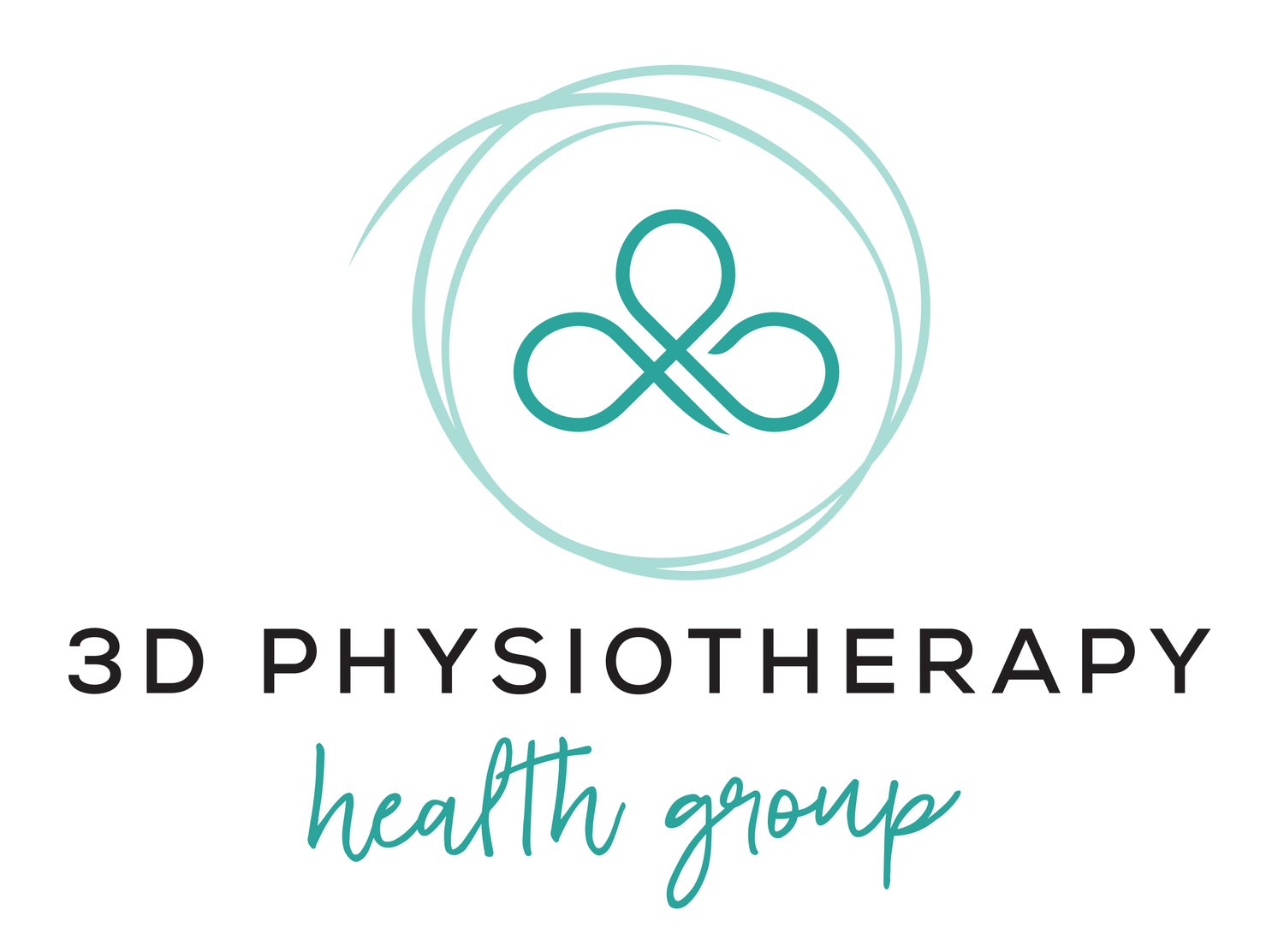Vestibular what?
What is the vestibular system?
The vestibular system is also known as our inner ear or balance system. It can be divided into the peripheral system (inner ear) and the central system (brain areas). It contributes to our balance by providing information on movement that is up/down, side to side and any angular head movement.
Most people don’t know we have a vestibular system until they have symptoms.
So, what’s it like to have a vestibular condition?
Have you ever been on the whizzy dizzy at a children’s playground, and been dizzy and found it hard to balance when you got off?
That’s kind of what it’s like having a vestibular disorder, because when you are on the whizzy dizzy it stimulates the vestibular into a kind of overdrive…and some people call that fun!
The most common symptoms of vestibular conditions are:
- Imbalance or unsteadiness
- Vertigo (spinning sensation)
- Dizziness (light-headed, floating or rocking sensation)
- Blurred or bouncing vision
Other symptoms can also include:
- Nausea or vomiting
- Hearing changes
- Anxiety
- Lack of coordination
- Problems with concentration and memory
- Headaches
- Motion sickness
These symptoms can leave people with fatigue and reduced ability to complete their day-to-day life. They can lead to reduced confidence and not wanting to go out or move due to their symptoms.
Can you believe a system this small (see picture below) can cause such debilitating symptoms?
The vestibular system is only the size of a 5-cent coin, yet it is so powerful.
The main roles of the vestibular system are:
Contribution to our balance (without it, you wouldn’t be able to stay upright)
Gaze stability- being able to see a clear picture when we move around (without it, when you walk around the world would feel like it is bouncing around)
What does a Vestibular Physiotherapist do?
A vestibular physio has completed extra training in the area of vestibular rehabilitation. This means that they can assess and treat a variety of conditions related to the vestibular system.
Some conditions, such as BPPV (stay tuned for a BPPV blog post coming soon), can be treated effectively with maneuvers in the clinic.
Vestibular rehabilitation can successfully treat and improve symptoms of dizziness, vertigo and unsteadiness/poor balance. Vestibular rehabilitation exercises are individualised to you and your symptoms, where we aim to work on the areas limiting you achieving your goals. Vestibular rehabilitation can include head-eye coordination exercises and balance re-training.
However, the biggest thing a vestibular physio can help with is knowing and understanding your condition and how to manage it, something we strive to achieve at 3D!
Blog by: Tegan French, Vestibular Physiotherapist
Sources:
Vestibular Disorders Association (VEDA): Vestibular Disorders: An Overview. Retrieved from https://vestibular.org/article/what-is-vestibular/
Herdman, & Clendaniel (2014). Vestibular Rehabilitation (4th ed.)
Hall, C., Herdman, S., Whitney, S., Anson, E., Carender, W., Hoppes, C. et al. (2022). Vestibular Rehabilitation for Peripheral Vestibular Hypofunction: An updated clinical practice guideline from the Academy of Neurologic Physical Therapy of the American Physical Therapy Association. Journal of Neurologic Physical Therapy, 46(2), 118-117.






